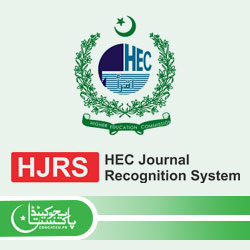Relationship of Competitiveness, Jealousy, Disgust and Envy among Medical Students
DOI:
https://doi.org/10.58800/bujhss.v2i2.16Keywords:
Competitiveness, Jealously, Disgust, Envy, Medical StudentsAbstract
It has been observed that the career competitiveness has been increasing every passing year which leads towards the development of negative emotions like Jealousy, Envy and Disgust; particularly for medical students. The present study aims to explore the relationship among competitiveness, jealousy, envy, and disgust among medical students. For this purpose, N=200 undergraduate medical students currently enrolled in MBBS or BDS programs were approached through convenient purposive sampling. To attain this objective Competitiveness Orientation Measure (COM), Collective Jealousy Scale (CJS), Collective Disgust Scale (CDS), and Dispositional Envy Scale (DES) were administered along a self developed Demographic Information Form. The results of the current study show that overall competitiveness has a weak positive correlation with jealousy (r=0.16), Disgust (r=0.22) and Envy (r=0.18). However, Jealousy has a moderate positive correlation with Disgust (r=0.45). Disgust has a weak correlation with jealousy, competitiveness and envy. Furthermore, there was no significant differences were found across the variables of the current study based on their academic years but at the same time, significant differences were found on envy, disgust and jealousy based on age of student while, there was no significant difference was found based on their competitiveness. Hence, it can be concluded that the sense of competitiveness increase negative emotions among medical students and there is a high time that interventions should be planned and conducted with the students to control these negative emotions.






